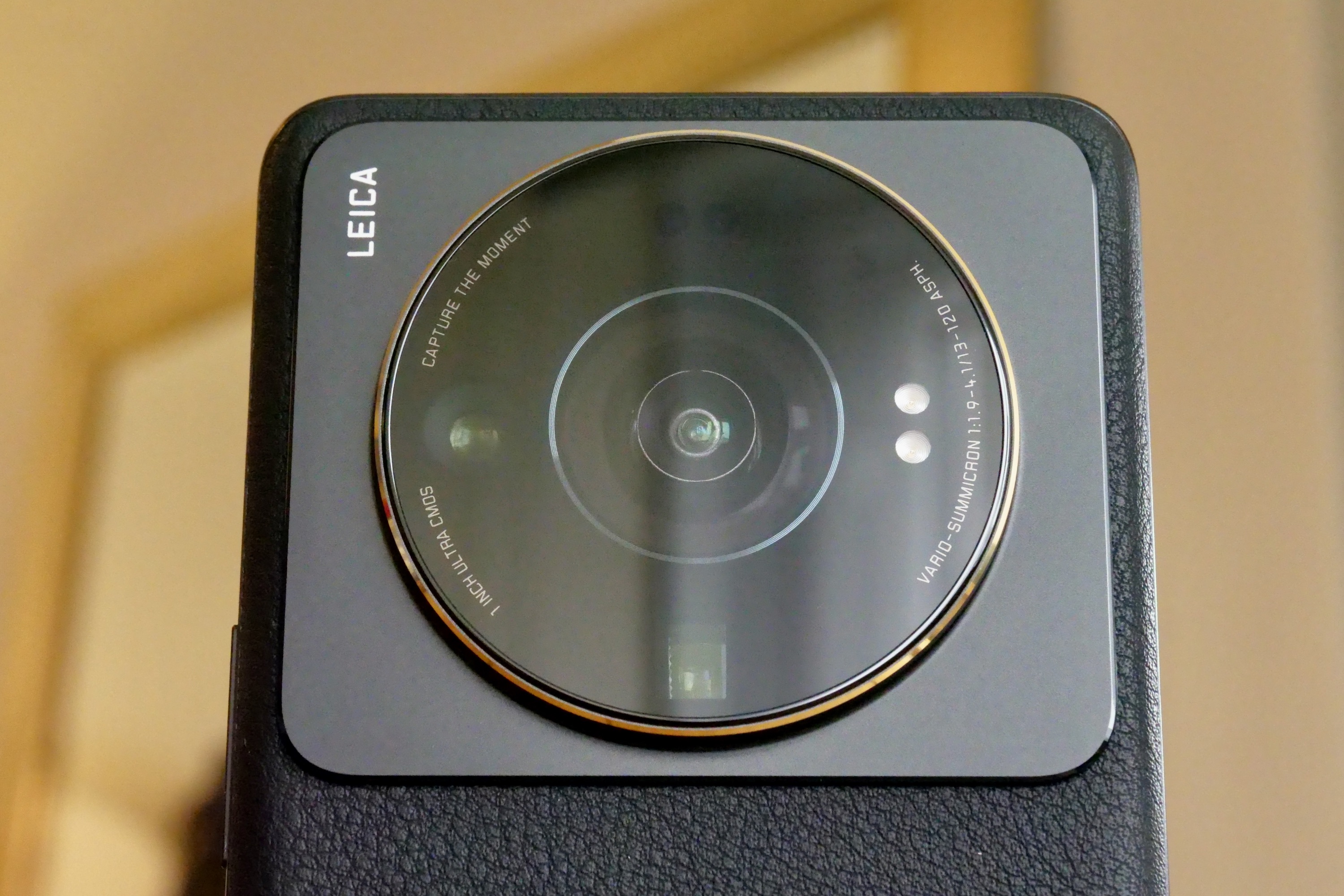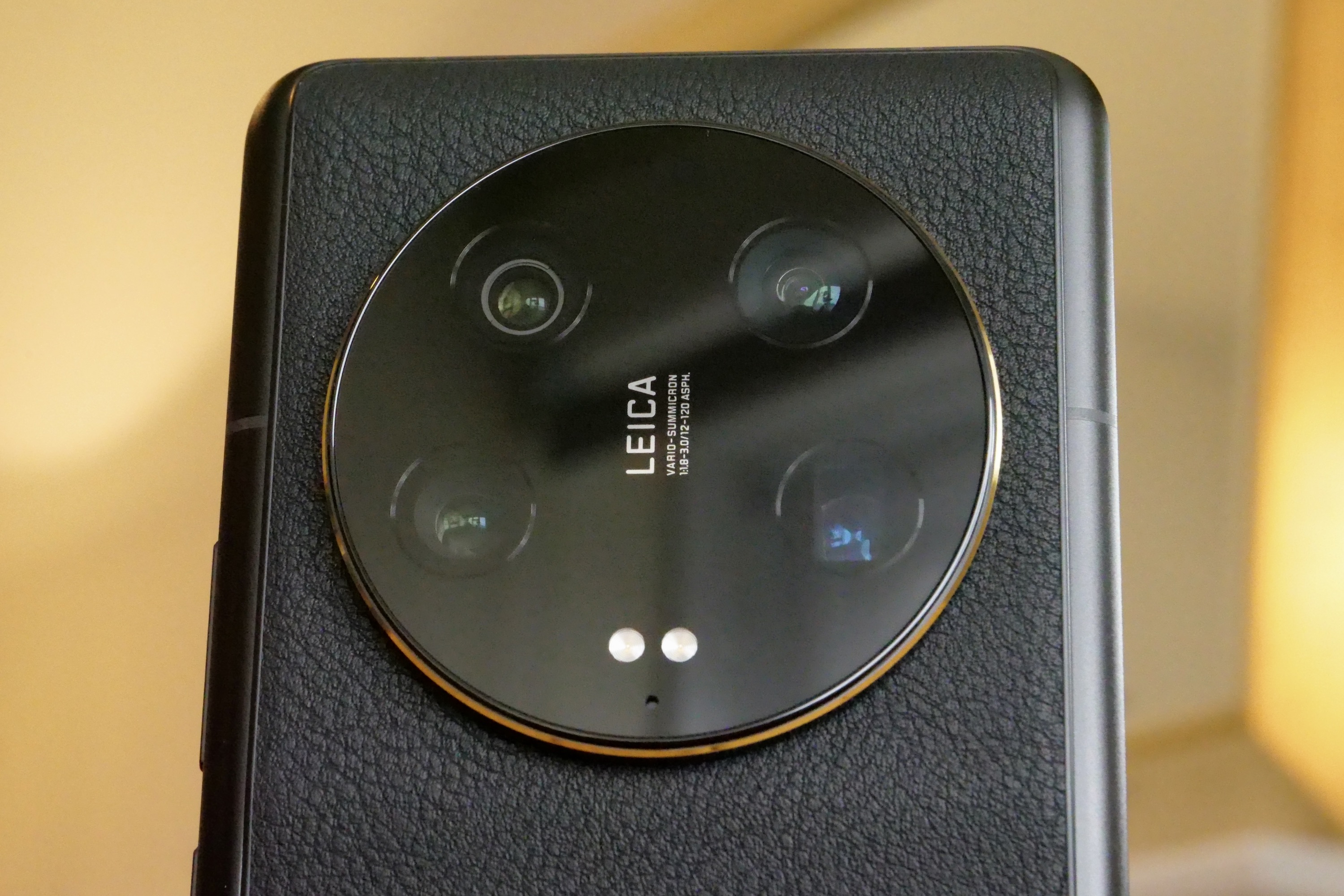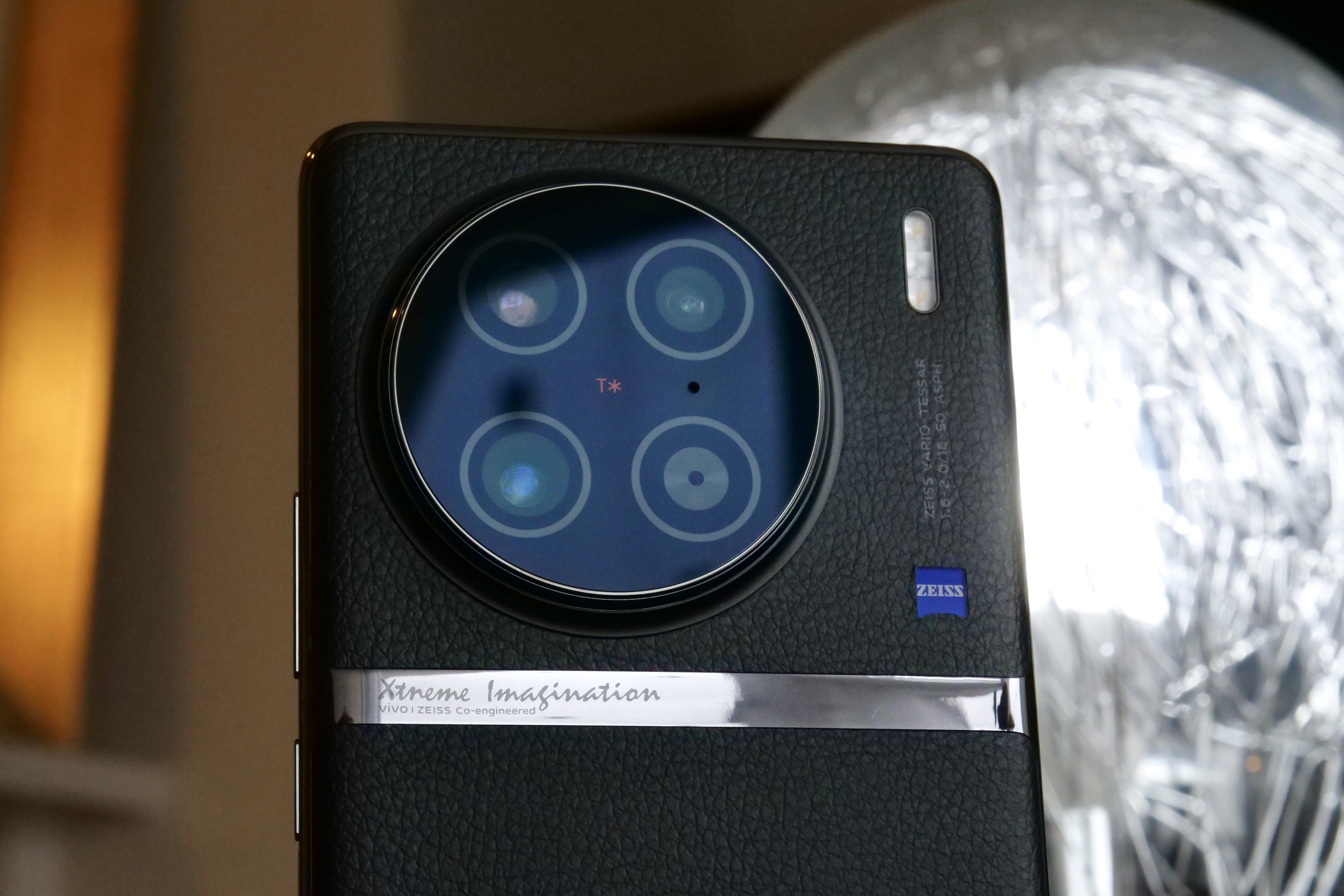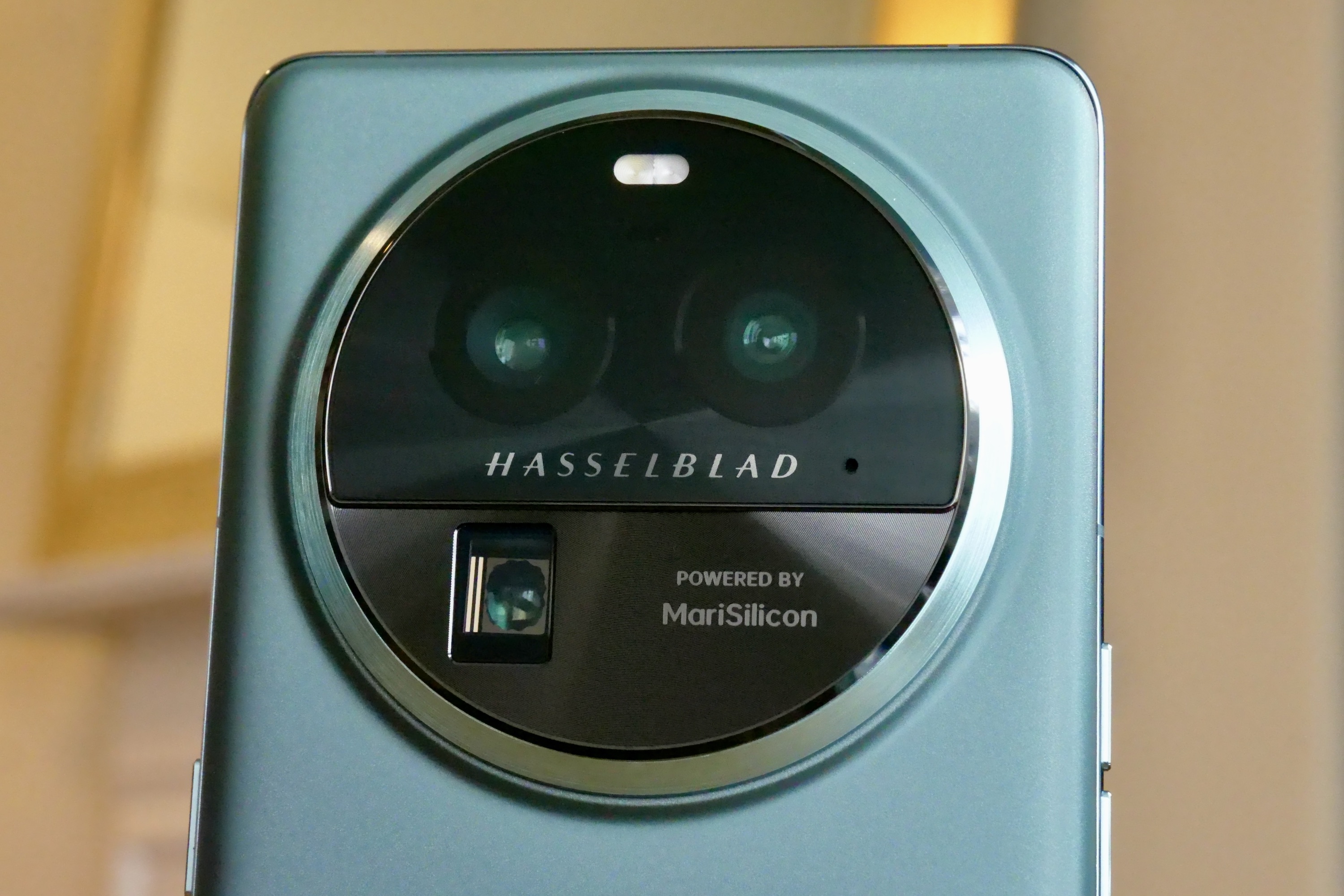There’s a growing smartphone camera trend that’s going to affect overall design more than any other recent technology advancement, and if what we’re already seeing is representative of the changes to come, phones are going to get a lot more unpleasant-looking.
I’m talking about the 1-inch type camera sensor and the ridiculous camera modules currently used to contain it. Smartphone camera sensors are bigger than ever and are only going to get worse — and it’s about time we say something about it.
Big and ugly
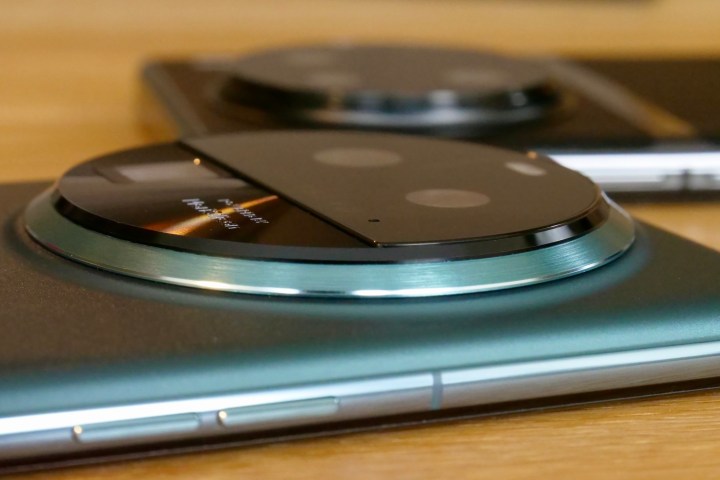
What phones do I mean, and just how ridiculous do the camera modules look? The Xiaomi 12S Ultra, the Xiaomi 13 Ultra, the Vivo X90 Pro, and the Oppo Find X6 Pro are the phones that prompted this article, as each one has a camera array on the back that’s so gigantic that it ruins the phone aesthetically and ergonomically. All three are recent releases, combine the Sony IMX989 1-inch camera sensor with various other cameras, and should be considered truly cutting edge in the world of mobile photography.
But they are not at the cutting edge of design. Just look at them. The Vivo X90 Pro is probably the least unpleasant, with its mostly standard-looking, symmetrical lens layout. But the module itself is huge and pokes out from the back of the phone by 4mm, which is almost half the thickness of the chassis again, so the angle it sits at when laid screen-up on a desk is insane. But, in this company, the X90 Pro is the least objectionable.
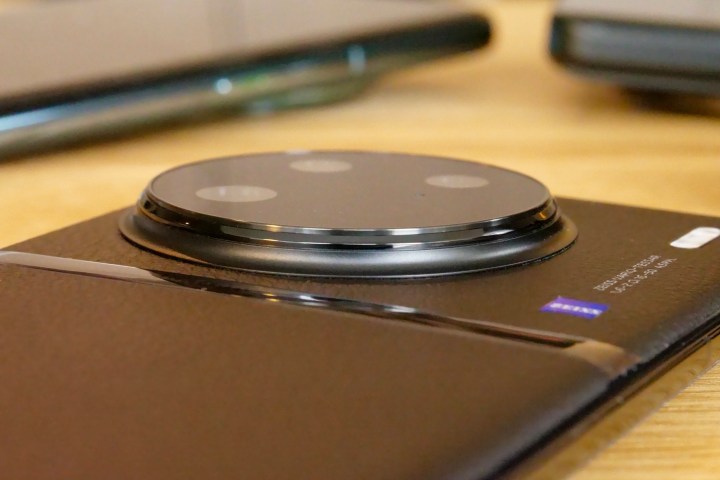
The Xiaomi 12S Ultra goes for a camera-like design, placing its massive, glass circular camera module inside a squarish metal plate mounted on the faux-leather rear panel.
It’s a smorgasbord of textures and shapes, and it takes up a third of the rear panel. It’s fairly standard-looking, and just like the Vivo’s, it has just been increased in size by 2x to what we’re used to. However, it’s subtle compared to the next two on our hit list.
Wait, it gets worse
For the Xiaomi 13 Ultra, the company abandoned all attempts at coherent design and just plopped the sensors where they fell in the huge circular module, which sticks out a further 3mm from the back of the phone. Think that’s not too bad? The module is set inside another raised section on the top of the phone, taking its total thickness to 15mm — not far off a closed Samsung Galaxy Z Fold 4.
Then, finally, we have the Oppo Find X6 Pro. At its thickest point, it also measures 15mm and is the most bizarre, least attractive module of the lot. Circular lenses, rectangular openings, straight lines, tiny sensors, pill-shaped sensors, and a mix of branding and finishes busy it up. There’s so much going on, and it’s so big you can’t ignore it.
The issue with these whopping sensors is the phones are poorly weighted, so the balance of the phone is completely off. The Find X6 Pro is the worst offender when it comes to being top-heavy, but none are perfectly balanced, and that means fatigue quickly sets in when you use it as a normal phone. It’s a frustrating by-product of these huge modules, and one manufacturers will find hard to avoid without increasing the overall weight of the phone — and no one wants that.
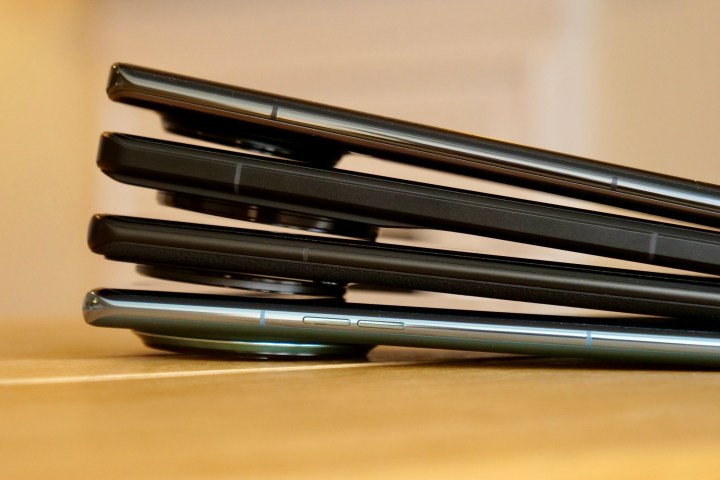
Remember when we looked at the Samsung Galaxy S20 Ultra and thought the camera module was a bit unwieldy, or when we grumbled as it became clear the cameras on the iPhone 14 Pro had grown a little over those of the iPhone 13 Pro?
Well, think back to these times and smile because the four phones seen here are the depressing shape of things to come as we push phone makers to give us better cameras. Am I saying we don’t want better cameras? No, but I am saying we don’t always need to replicate what makes a normal camera so capable.
Inches of ugliness
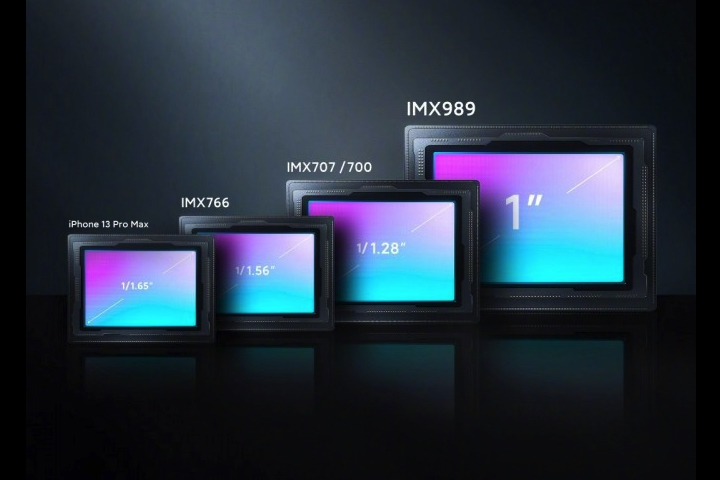
The Sony IMX989 is the first 1-inch sensor for smartphones, and according to Counterpoint Research, it’s a “key milestone in smartphone sensor development.” As we make more demands for better image quality, less noise, and brighter, clearer lowlight photos from the cameras on our phones, large sensors will become more common, as there’s only so much heavy lifting software can do.
Although the sensor isn’t actually 1 inch in size, it’s still bigger than other sensors. It may not be to scale, but Xiaomi used the graphic above to illustrate the size difference between the IMX989 and other sensors when the 12S Ultra launched.
Looked at like this, it’s no wonder these phones all need a great big wart on the back. It’s just the start, as we’re almost certain to see more flagship smartphones with the IMX989 launch over the coming year, a point also made in Counterpoint Research’s blog.
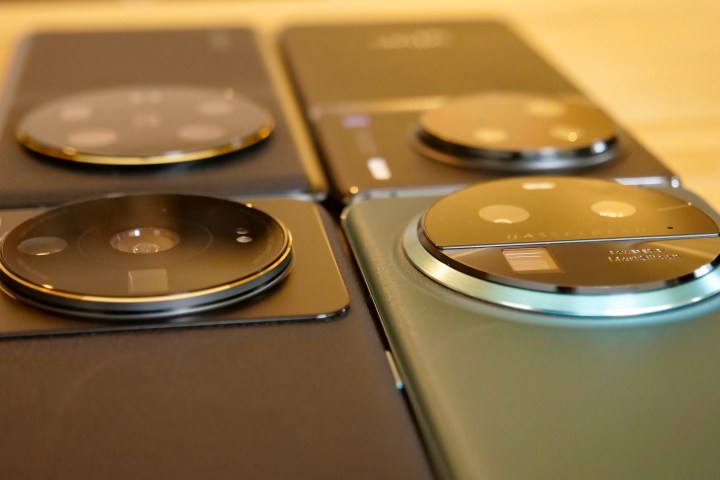
The IMX989 has masses of potential and can take some amazing photos, but as we can see from the four phones here, enjoying it also means we’ll have to get used to enormous modules uglying up our phones and upsetting their balance.
It’s a logical, understandable compromise, and I think many keen mobile photographers will be willing to make it, but it’s also a signal that those days of slim, sleek, subtle camera phones — the Huawei P30 Pro, the Oppo Find X3 Pro, and the Google Pixel 5 to name a few — are sadly coming to an end.
